PREY: MOONCRASH Review - Groundhog Day
- Tim C.

- Jul 22, 2018
- 5 min read
Updated: May 5, 2020
SPOILER-FREE REVIEW:

Challenging but fair, Mooncrash is an incredibly tense roguelike that successfully builds on what made Prey so enjoyable.
REVIEWED ON: PLAYSTATION 4 PRO
If I learned one thing from playing Prey:Mooncrash, it’s that the devs at Arkane Studios haven’t been resting on their laurels. Mooncrash is DLC done in the best way possible: taking the best of the base game and running with it, letting it evolve. It’s not for everyone though. You had the option to play Prey on the lowest difficulty setting possible, and mostly avoid dying. Mooncrash doesn’t give you that option. Instead, it’s pretty much given that your in-game avatars will bite the dust, and the game builds around that. If you give up easily, then put down your controller and step away now.
Mooncrash manages to tell a coherent story, despite being designed around randomness and procedural generation. From a story perspective, it complements Prey with plenty of subtle links to its story, but isn’t exactly essential. You play as Peter, an employee of KASMA Corp, a company that rivals Transtar, the owners and operators of the Talos I space station in Prey. KASMA has recovered a data archive from the Pytheas Moonbase, Transtar’s facility on the lunar surface, and Peter is tasked with exploring a simulation of Pytheas to fulfil the terms of his contract. That simulation puts you in the shoes of five different Transtar “employees” and allows you to explore and try to escape the Moon.
Peter lives aboard a small spy satellite above the Moon.
Arkane has fully realised the potential of a triple-A roguelike dungeon crawler. It’s a complicated piece of work and has plenty of depth to it. To complete your contract with KASMA, you need to finish four broad objectives: unlock all five playable employees, discover and use all five escape routes, complete each employee’s story objective, and last but not least get all five off the Moon without having to reset the simulation.
Mooncrash doesn’t want to make it easy for you to escape. The five employees work in different areas of the base, have different backgrounds and different skills. In terms of gameplay, that means you have to get familiar with an entire toolset of weapons, abilities and Typhon powers. In Prey, you could settle into a playstyle you liked best and just stuck with it for the rest of the game.
Ladies and gentlemen, your five playable characters:
Andrius, Riley, Vijay, Claire and Joan
Mooncrash doesn’t allow that.
The devs have clearly spent a lot of time working out just how to make Mooncrash a challenge. Your weapons arsenal has been expanded to include a few new toys. There are a few new mechanics that weren’t in the game until now. Getting attacked now means losing health and suffering from potential injuries like broken bones, internal bleeding and concussion. All of those injuries have in-game effects that force you into a desperate scramble for medication, possibly ruining your carefully constructed plans. Then there’s a corruption mechanic, representing gradual data corruption of the computer simulation. As you play, the corruption steadily increases until it levels up, and when it does, your Typhon enemies become tougher and deal a lot more damage. You can push back the corruption a little, but there’s no way to stop it progressing forever, creating a massive obstacle to your attempt to escape with all five employees without dying. Just to ice the cake, there’s a few additions to the Typhon family, all of whom seem to appear exactly where they’d cause the most inconvenience.
Meet the Moon Shark. Getting attacked by it left my character bleeding all over the floor and screen. Walking around with broken bones is accompanied with a cringe-inducing crunching sound.
These mechanics make the game a surprisingly entertaining, if occasionally frustrating, challenge. The first few times you enter the simulation are essentially crash courses in survival. You’re not expected to make it out, and it’s all about familiarising yourself with the layout of the moonbase, the new enemies and game mechanics. The real adventure only begins after you’ve done that and figured out what exactly you’re supposed to be doing. Ticking off all the objectives on your contract is the ultimate challenge of this DLC, and to the game’s credit, you have to work hard for it and think strategically.
The base changes between playthroughs to keep things unpredictable. Where this office was safe before, on my next run, it was flooded with dangerous radiation.
I can see that it might frustrate people who prefer their FPS games served to them straight. It’s strange that Mooncrash is more of a horror game than the base game itself. That’s not cause of cheap jump scares, although you still might experience a few if you’re not careful. The atmosphere of the game gets you tense and keeps you there throughout your entire playthrough. You’ll find yourself expecting something to jump you at any time, or that round the next corner, you’ll find the last thing you want to see when your ammo and health are running dangerously low: a whole group of Typhon. It’s never too difficult that it stops being fun, and it’s never too easy that it stops being challenging. Mooncrash holds onto that sweet spot and doesn’t let go.
There's a whole bunch of brilliantly designed areas, perfect for exploration
Story-wise, it’s a brilliant thing. You’re not able to get the full picture of the events that led to total chaos through the eyes of just one of your characters. However, as you try to escape the base by different means, with different characters, the pieces of the puzzle all come together. There’s even a great plot twist. Transtar’s lunar base isn’t as extensive as Talos I, but there’s still plenty to see and plenty to do. The atmospheric storytelling that I praised in our review for Prey has made a triumphant return. All the little details mark Pytheas as a place people worked and lived in. There are locked doors and inaccessible areas, which can prove to be fatally tempting. Over time, the chance that your character meets a horrible end only increases. I particularly enjoyed completing each employee’s story objective because I was genuinely curious to see what happened, and it was a welcome break from dashing all over the base in a mad rush to escape.
Managing to escape unlocks these memory markers that allow you to access story objectives for each employee. Also, more screenshots because why not?
I ran into a few bugs and there were moments where my game just flat-out froze on the spot and I had to quit the application. That was frustrating, even if the game does autosave pretty consistently, because playing Mooncrash means you need to get into the groove. Being forced to restart because you did something as innocent as turning the camera a little faster than usual pushes you out of that groove. Graphical quality is pretty much the same as the base game, and as I progressed into the late game, the texture pop-in became glaringly obvious. I’m just wondering whether it’s something to do with the game engine they’re using because I criticised the original in our review for having long loading times and frame rate drops, and it seems that hasn’t been fixed in Mooncrash either.
It won’t be for everyone. Where I could recommend Prey to just about anyone who knows their way around a controller, I can’t really do the same for its DLC. It’s not something you could sleepwalk your way through. The game’s difficulty curve spikes sharply at the very start of the game, and if you’re not willing to stick with it until you find your feet again, then spend your money elsewhere. But if you’re a fan of Prey and you’re down for a real challenge of your skills, this’ll be right up there on your list of this year’s best DLC.















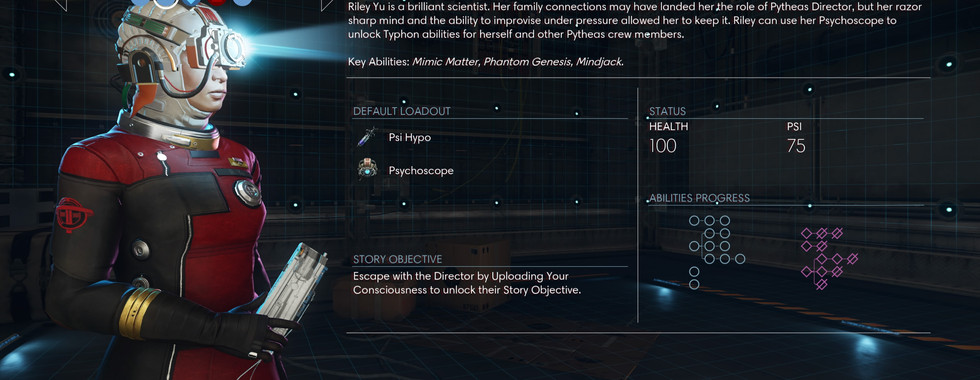









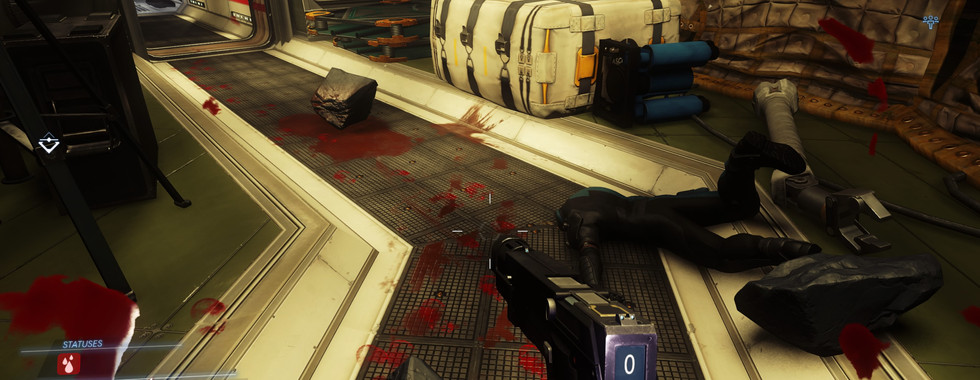















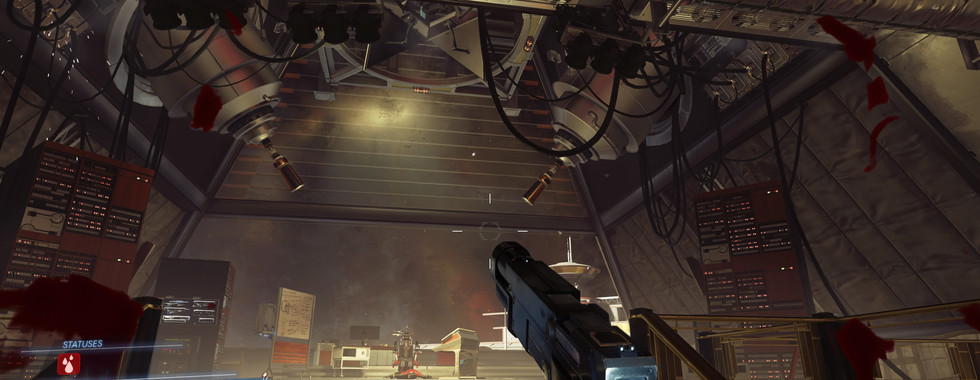















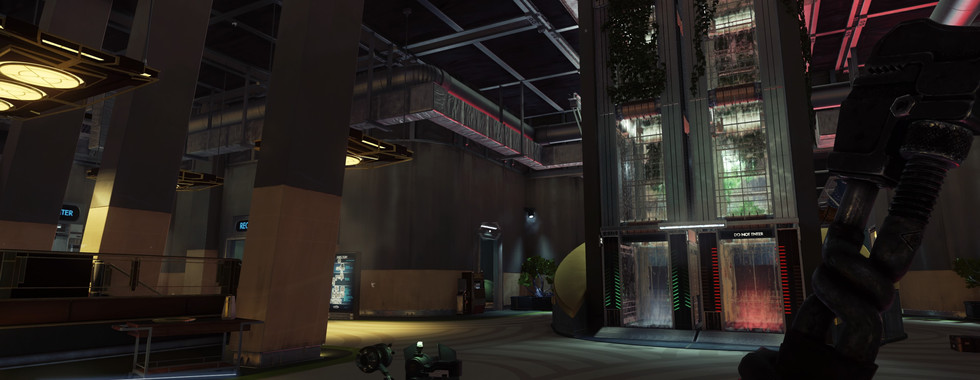

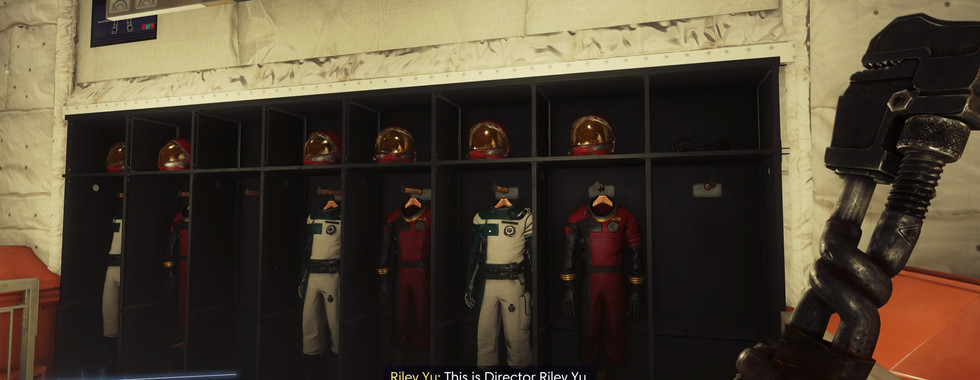













Comments